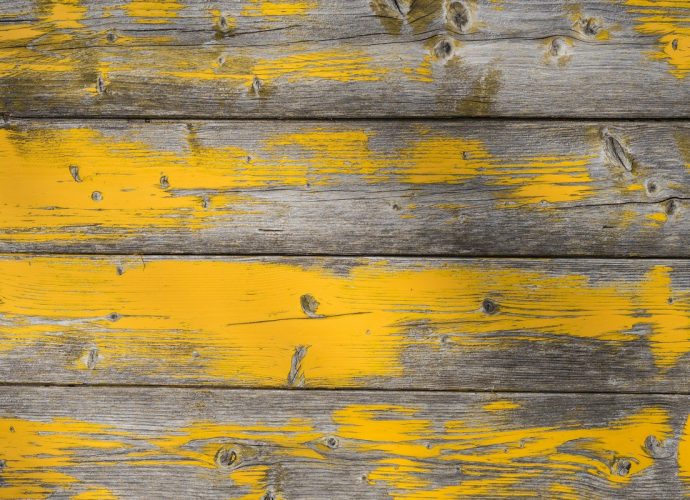How Long Should You Reheat Food To Kill Bacteria?
The World Health Organization (WHO) notes that bacteria are rapidly killed at temperatures above 149°F (65°C). This temperature is below that of boiling water or even a simmer. Why does reheating food not kill bacteria? Some types of bacteria also produce heat-resistant spores or toxins that can cause food poisoning.Read More →








